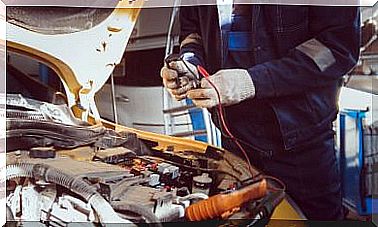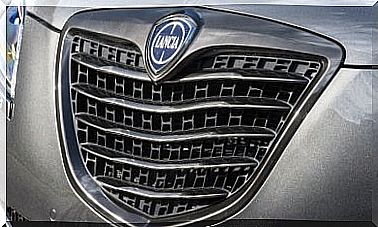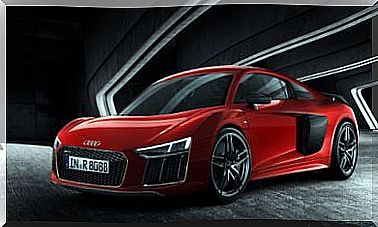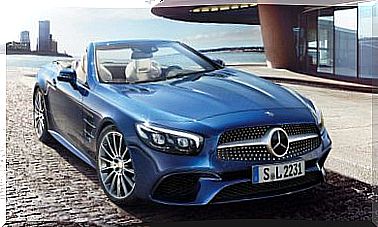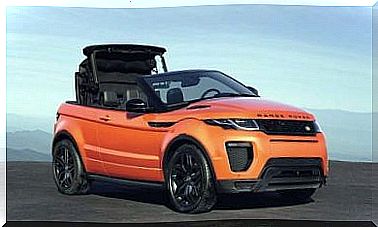BMW, Sportsmanship, Innovation And Luxury
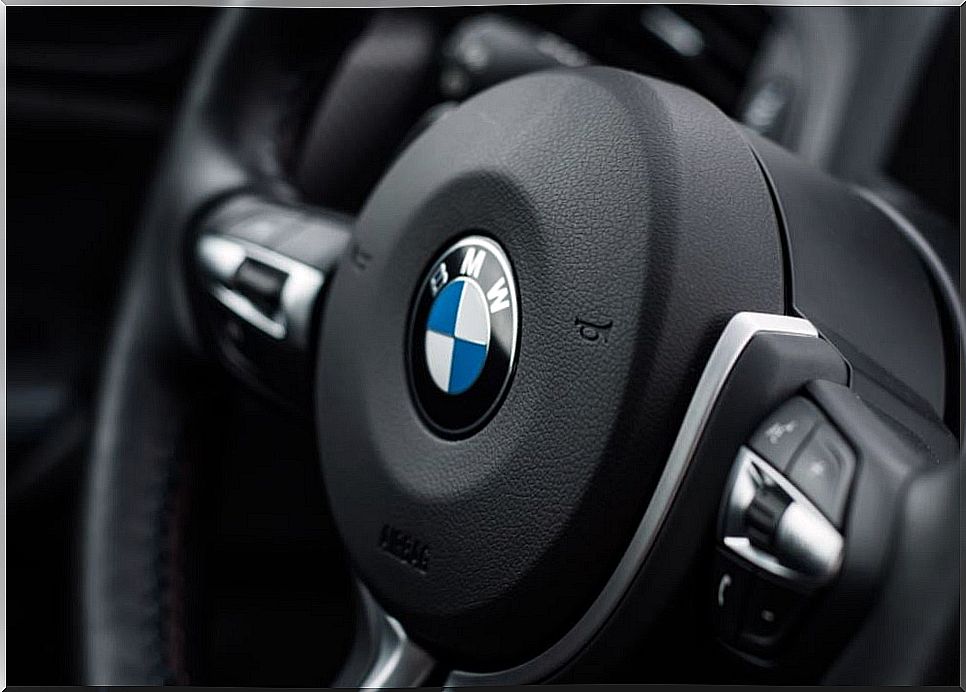
The German-born firm BMW, which celebrated 100 years of business history in 2016, is one of the most well-known automobile brands in the world, and is also one of the easiest to identify with the naked eye in any of its models. .
Despite the fact that today it is impossible not to associate BMW with the automotive world, in reality the brand would not begin to manufacture automobiles until well into the 20th century. In its beginnings it was dedicated to the manufacture of airplane engines, later moving on to the construction of motorcycles.
However, it was in 1928 that the direction of the brand would change forever. That year the Germans bought a car brand on which they would lay the foundations of what BMW is today.
In 1929 the production of the first BMW own vehicle would begin. Licensed by a British producer, the 3/15 PS, a small mid-priced 3-door utility vehicle that had little to envy more experienced and established brands targeting a wealthier clientele.
Despite these beginnings in the interwar era, what BMW is best known for in the 1930s is for the sporty 328 roadster, a model that triumphed in competition and achieved fame with its victory in the race. Mille Miglia and for his iconic BMW ‘kidneys’ that spanned the entire front end.
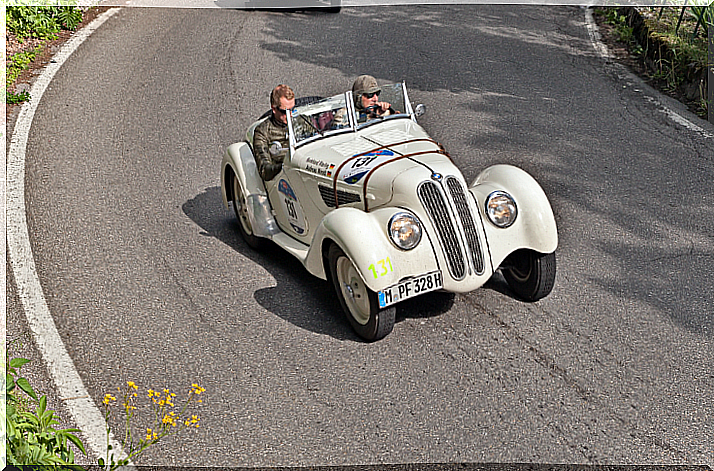
Postwar
After World War II, in which BMW was involved due to its previous experience in aviation, the Bavarian firm would return to car production in 1951, a time that many classify as the best in the history of the brand.
What they learned during the war helped them to develop new vehicles with advanced engineering, which was very expensive, which detracted from the sales of the range at that time, where the 507 two-seater stood out .
In the early 1960s, Herbert Quandt came to BMW with the idea of making it grow economically, so he sold enough of the brand to investors and thereby raised the money necessary to carry out his plan, which as he foresaw It was a tremendous success that took BMW out of what was about to be the bankruptcy of the German brand.

Known as Neue Klasse (the New Class), it was a series of affordable 2 and 4-door saloons with economical and solvent engines that led BMW to be of great success among the majority public, offering quality cars at a very attractive price. to a society that began to “revive” after the Second World War.
In addition, it was at this stage that BMW first incorporated a turbocharger to one of its engines, specifically in the 2002 mechanics, creating the 2002tii, one of the first cars of the firm to have a truly sporty character. a car that made school.
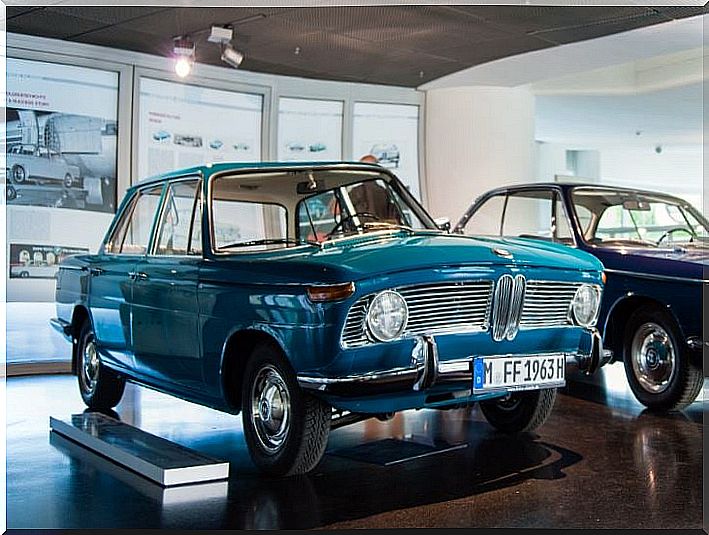
The new BMW and /// M Motorsport
In the midst of the generational change of the New Class, BMW made the decision to carry out a movement that would affect its entire range and that to this day is still maintained, being only slightly modified since then.
The inclusion of a new nomenclature that would unify the model in question and the engine displacement that it mounted. This new nomenclature would separate the 3 models in the range according to their position, from small to largest, the 3, 5 and 7, to later join the 6, a coupe.
The first to use this new way of classifying the range was the 5 Series with the 520 from 1972, the first generation of the E-segment sedan. It was a 5 Series equipped with a 2.0 engine, although there were several more engines available.
In addition, this first generation of the 5 Series was the pioneer in being worked by the /// M Motorsport sports division, giving rise to an M535i that, although it was considerably more sporty and faster than any other in the range, it was not a BMW M5 to use, something that would arrive in the second generation.
The M535i was the first to follow the sporting ban previously opened by the 2002tii, but it wouldn’t be the only one. In the late 1970s, BMW collaborated with Lamborghuini and Giugiaro to develop their first mid-engined supercar, the BMW M1.
With this car, of which there were single-make competitions with the M1 racing, less than 500 units were built, being a “rare bird”. However, the money invested in its development was not wasted and a large part of the resources went to the first BMW M5, which had almost 300 hp.
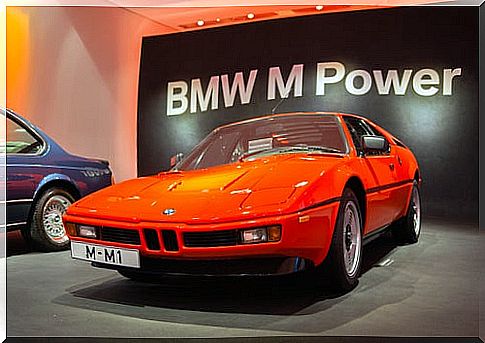
Shortly after the launch of the sports saloon, the Germans managed to fit a high horsepower engine in their smallest model, the Series 3, giving rise to the M3 E30, the first of a long line that has many followers today in day.
These models, due to their conception, were quite radical if one takes into account what was the basis of each one, but the most important thing is that since then all BMWs have been developed with an eye on sportiness and dynamism.
The 1990s marked a decade of great novelties in the BMW range, with the introduction of new generations that were much more technologically advanced and important engineering elements. In 1989 the BMW Z1 was presented, a two-seater convertible with a strange system that concealed its doors in the body, a chassis that could be completely disassembled easily.
With this model, the Z range of the Bavarian firm was born, focused on convertible sports cars and derived coupes, such as the Z3 and more recently the Z4. At the end of the decade, BMW presented what would be one of its best-selling cars, the X5, its first off-road / SUV, starting a family that today already has half a dozen models, and growing.
Already entered the new millennium, BMW was the victim of the economic bubble in which society was found and therefore, motor racing. With a return to Formula 1 after two decades, the engineering developed in the competition was implanted in the new M5 E60, which mounted a monstrous 507 CV V10.
Something similar happened with the M3 E92, which in 2008 lost that spirit of a light sports car and became quite gentrified and equipped a heavy but powerful 420 hp V8 engine.
Environmentalism has arrived
With the arrival of the new decade, BMW was presented with a panorama in which global pollution was considerable and the restrictions and fines for the most polluting manufacturers would be more real every day. Therefore, he decided to innovate, throw the house out the window and create an ecological sub-brand, BMW i.
It is made up of two hybrid models, a utility -i3- and the sports i8, both with 3-cylinder engines supported by electric motors that, in the case of the largest model, add up to more than 300 hp. As if that were not enough, the interiors of these cars are made with recycled materials and the chassis in carbon fiber.
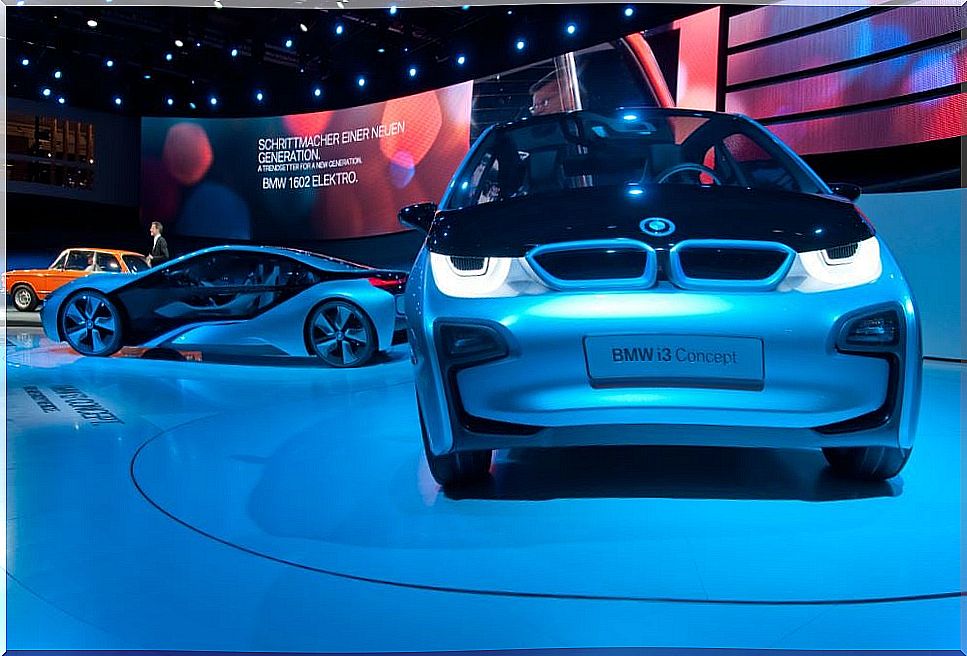
Since its inception, BMW has been regarded as a byword for reliability, adaptation to the times and high racing technology. It is for all this, together with its clear vocation as a premium brand, that the German manufacturer is one of those with the greatest credit and prestige in the automotive world.
